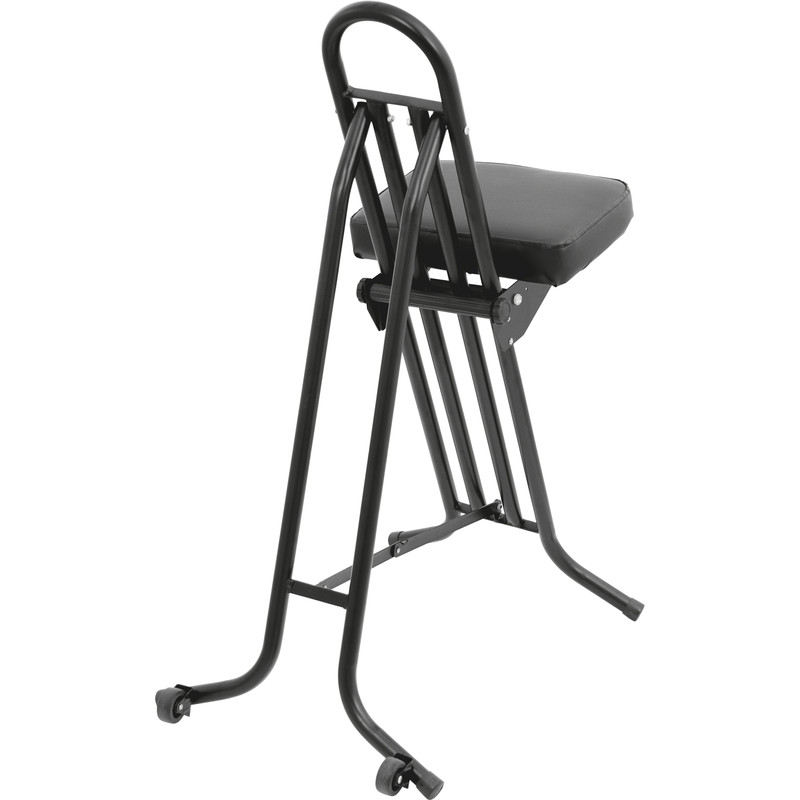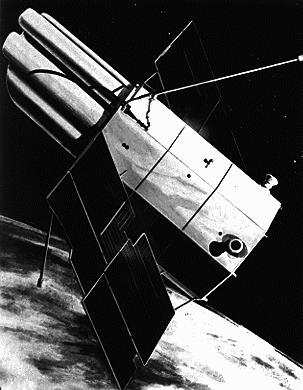

This reduces the Sun's intensity 100,000x and allows you to see sunspots, granulation, eclipses, or a transit of Mercury in the Sun's photosphere.
#ASTRONOMY CHAIR AGENA ASTRO FULL#
The simplest way to get into solar observing is with a full aperture solar filter. NEVER look at the Sun through any telescope without proper solar filters. You need to factor in optical quality, size of central obstruction, cost, the nature of your target, and other factors.Īnyone who has followed me knows I have done a great deal of solar observing, photography, and time lapse videos. So you can’t directly compare a 5” reflector to a 5” refractor. I routinely outperform 8” SCTs with my 5.5” refractor. But these scopes have 33% central obstruction, which reduces effective aperture and decreases image contrast. The scope should be solid and stable on its mount.īuy something from craigslist, ebay, or any other non-astronomy-specific online source UNLESS you have an expert friend who can help you avoid junk (and you get a reasonable return policy)Ī common type of compound reflector is Schmidt Cassegrain design, which is essentially a folded reflector making the instrument more portable. In every case I have seen, they are junk.įorget to factor in necessary accessories into your budget like eyepieces, a battery, and a mount/tripod (unless these are included)īuy anything with a rickety tripod. Good places to learn include the Cloudy Nights forum and Stargazers Lounge īuy a telescope from a department store. Set up your new telescope for the first time in the daylight, so you can be sure the mount, finder scope and telescope are all working properly and you can focus on a distant target (mountain, powerline or building) successfullyįocus on two key criteria: quality optics and a stable mountĮxpect to pay >$250 for a decent quality first telescope and mount combination Here are some general DO’s and DON’Ts from someone who has used all types of telescopes for over 50 years:īuy a telescope from a specialty astronomy storeĬonsider a telescope from a quality used source, like or *IF* you have an experienced friend to help youīe concerned about aperture rather than magnification But for others binoculars have been a great first step. Some people have found starting with binoculars has led them successfully into astronomy.
#ASTRONOMY CHAIR AGENA ASTRO PORTABLE#
And you can’t hold them up to the sky for too long without arm fatigue, unless you buy a binocular stand which sort of defeats the purpose of a portable optical device. They simply do not provide sufficient magnification to see enough detail in most objects.

I have 2 very high quality binoculars but I rarely use them for astronomy except to hunt for the first visible stars at dusk.

Certainly, if you can’t afford to spend at least $150 on your first telescope and mount, binoculars are a better investment. I think a 7 or 10x50 is ideal as they will gather much more light than 35mm binoculars. If you are going to consider binoculars as a first step, look for 7 or 10x magnification and 35-50mm lenses. Plus, they can be used for sporting or vacation activities too.

This way you can see craters on the moon, the moons of Jupiter, and larger star clusters like the Pleiades and the Beehive at under $100 for a decent used pair. Many people say the best way to get into astronomy is to start with a basic pair of binoculars. You’ll get a feel for what you can expect to see, costs, necessary accessories like eyepieces, and how interested you really are. There’s no better way to get a feel for what you want, and what value you can get for the dollar, than going to a ‘star party’ and looking through different designs of telescopes. You will probably find there is at least one club near you with members who gather periodically to show the night sky to the public.


 0 kommentar(er)
0 kommentar(er)
